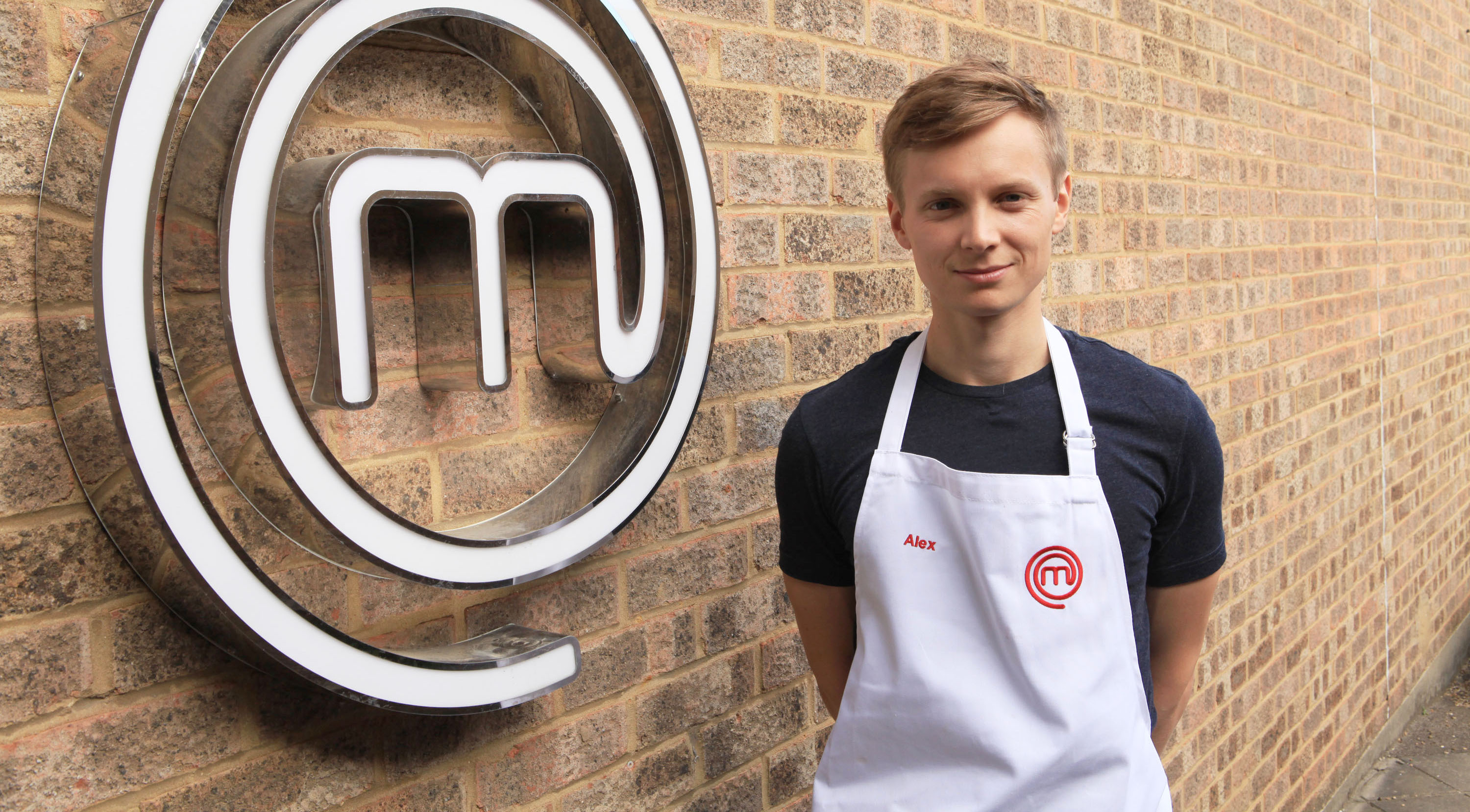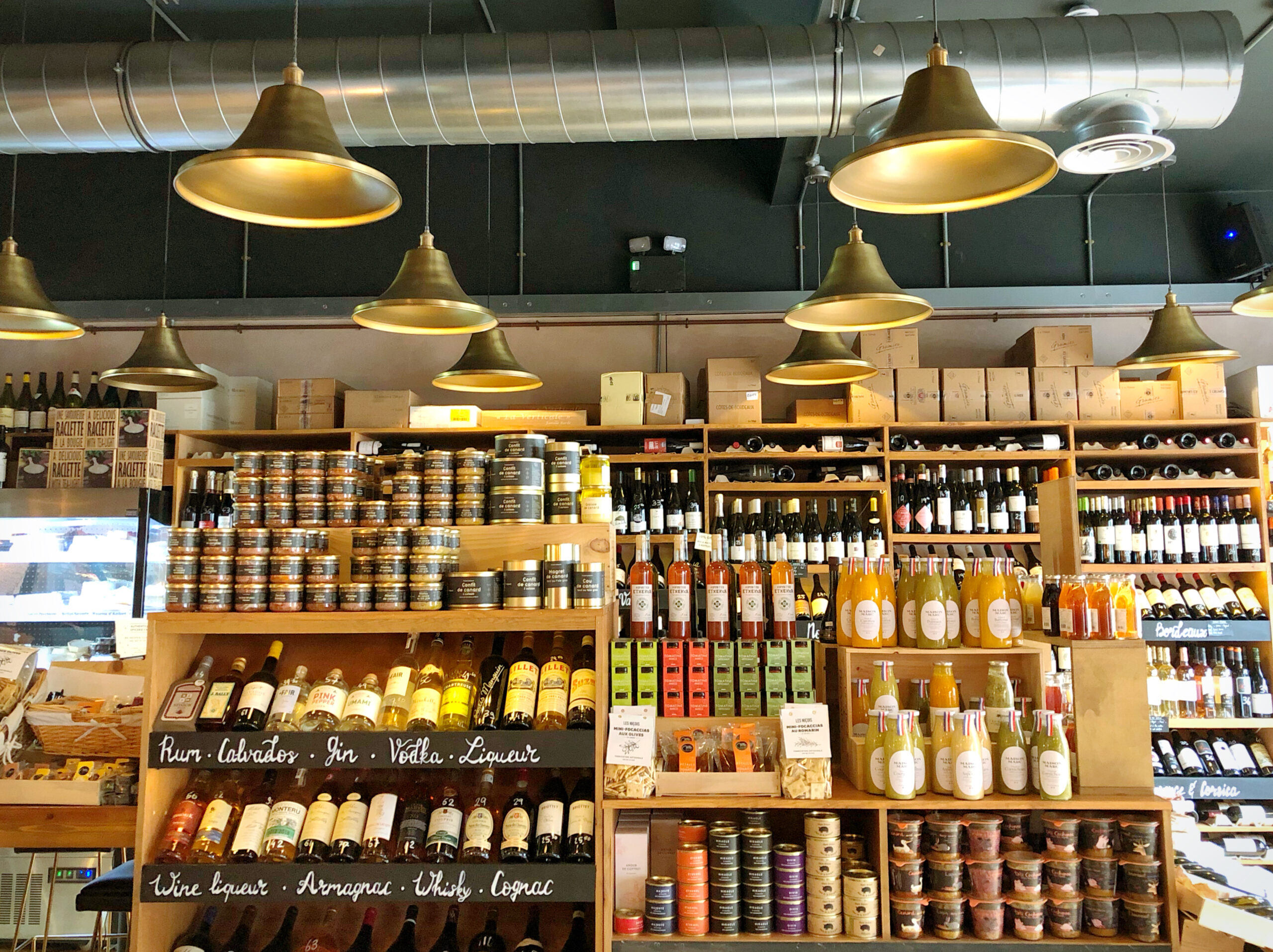When Jay McInerney wrote that all wine wished it could be red, many people disagreed simply because they preferred whites, and perhaps because of that, just happened to know more about it. I am probably with the white wine brigade, but red wine never fails to fascinate me. This also means that I don’t necessarily have to drink it to be drawn to the nexus of subjects surrounding it (from botany and biochemistry to history and literature) and be truly intrigued.
Red wine can be as serious or as casual as you want to make it. Of course, there are far too many anecdotes about people having too much red (I’m sure you could ask anyone in the wine industry), all of which somehow sound far more elegant than the retinal migraine brought about by too much Pinot Grigio. And whilst many choose to obfuscate red wine with technical, highly inaccessible blunders, this needn’t be the case. I therefore give you my ABC of autumnal wine choices, all of which have their time and place, but are universally appropriate for the liminal space between summertime sadness and Christmas hysteria.
A is for Amarone
Amarone evokes the most contrasting of emotions. With the risk of pathologising the human condition, I have always found this to be a wine that makes me bipolar. There is something rustic, charming and a bit unsettling about its dark, sumptuous texture.
This is of course due to Amarone’s very nature, for it is a dry wine that really wants to be sweet. Somewhere between September and November, grapes are dried to concentrate the sugar (this can also stimulate the noble rot and the flavours reminiscent of Sauternes).
Here we draw parallels with ‘amaro’ (which was the original cask of Amarone, deemed to be a mistake). Amaro is a bitter that I can drink in industrial quantities, post-dinner or without it.
Speaking of dinner, Amarone is also the perfect accompaniment to ‘boy dinner’. Can you really be bothered to cook in this weather? Or go out for a 21:45 booking somewhere in Vauxhall, especially when it’s raining non-stop and you realise that even your strongest friendships are being tested? Well, Amarone will always be there for you. It is one of those reds that just doesn’t ask for any food. Maybe a bit of that cheese that you eat absent-mindedly by the kitchen sink? Or that microwaved Bird’s Eye Waffle? It’s OK.
So what will you find? Lots and lots of bittersweet cherry. Just a passing thought of a humble fig dipped in black liquorice. Maybe a hint of port to go with that bit of Stilton in the back of your fridge. All finishing on a high, with some coffee and tobacco.
Again, no need to complicate the matters with extensive notes about x-berries, with x standing for any word you can think of. It’s all lies.
Brunello and Barbaresco
Brunello is no longer a caricature of itself, with an excessive ethanolic punch and unexplainable intensity of oak. Nowadays, it embodies the true spirit of Tuscany – vivacious, lively and pure. This renaissance owes much to a return to tradition, but the allure of new French barriques and oak has been cast aside in favour of purity and authenticity. It has rediscovered its essence, making it not just a wine but a vibrant ode to the rolling hills of Tuscany.
At its core, Brunello is just a Sangiovese grape (with Brunello being the local term for it, too), and that extra sun-ripe smell will take you back to the long days of summer, but it will not come with that usual heaviness that can be associated with Sangiovese. It is a rather serious wine, but it won’t slap you with an overly expensive price tag unless you happen to order it from Eataly or another unsettling ‘Italian supermarket’.
Barbaresco is like giving a hug to the whole Piedmontese region
Brunello will certainly develop over a decade or two, but since you had no plans to leave the house anyway, you may as well wait it out. I promise you it will be worth it.
Barbaresco is made from the Nebbiolo grape, and it’s like giving a hug to the whole Piedmontese region, straddling its equally earthy and floral notes. Slightly lighter than Barolo, you can be safe with having a very big, bold and decadent bottle of red and still seeing it as the ‘lighter’ option. By your third glass, your evening might turn into a Shakespearean soliloquy, but there is nothing wrong with things being both dramatic and delicious.
Nebbiolo is such a misrepresented grape across the UK, so any opportunity to put it on a pedestal and steer attention to good bottles is golden.
The Three Cs (Cahors, Carménère, and Châteuneuf-du-Pape)
Somewhere between foie gras and choucroute, people realised that one way to unblock their arteries is simply through the virtue of drinking more. And so a big, black, hearty Cahors emanated somewhere in the southwest of France. Nowadays, you might even spot a generic M&S Cahors up for grabs for £8, but it certainly had a long history of trying to prove itself — even more recently, gaining a reputation as the ‘other’ Malbec region.
And of course, as we head into the truffle season, I couldn’t think of the more perfect wine to pair them with.
Because the fruits and vineyards seem so distant from this wine, there is a good argument to fill that space with great food instead, which this autumnal elixir may simply augment — try it with any hearty fare – a succulent, slow-cooked lamb stew, or robust duck confit.
This is not a picnic wine, nor one to have before anything remotely important in your life, and as such cannot be seen as a chaperone to a ‘light’ dinner, or as an aperitif. This is a wine to spend a long evening with, tête-à-tête with destiny, in the company of dense, fat-rich food that will comfort you in the dark days that await us.
Similarly, Carménère had to be found, then forgotten and rediscovered — in Chile. All because of a misnaming blunder (spelt in the French way above, with the Chilean way featuring one fewer accent). With its wonderful blackcurrants and cooked damson flavours, it will prove the perfect antidote to the damp soil and leaves outside. However, it still latches onto some acidity so comes across as very soft and equilibrated. It’s permissible to have a glass of this before you brace leaving the house.
Châteauneuf-du-Pape just makes me want to sauté wild mushrooms in brown butter in proportions I could paddle in
Finally, how often do you think about the Rhône Empire? If you were ever wondering when the dominance of old world French wine will wane, my estimate is absolutely never. Equally, there is nothing wrong with having that Christmas centrepiece wine ever so slightly earlier in the year, not least for quality control purposes.
So even if you pick up the dustiest bottle from Co-op, Châteauneuf-du-Pape will feel like a treat.
The glass, etched with intricate design, tells the tales of tradition and timelessness, and you just see how it made the Pope famous. You can’t help but run your fingers over the label as if caressing the pages of a forbidden manuscript telling the tales of yore. Gently cradled in your arms, akin to holding a regal sceptre, perhaps alongside a family pack of Pom-Bears and snacks with no nutritional value, that bottle, heavy and luxurious, promises an affair of epicurean delights.
Notes of dark cherries and plums pirouette across the tongue, and even in the lesser examples from supermarket and restaurants, unmistakably mingle with those whispers of garrigue herbs. Then you get that elegant spice like gingerbread fresh from the hearth. This wine just makes me want to sauté wild mushrooms in brown butter in proportions I could paddle in, using thyme sprigs to help me along.
What to buy and where
- Cahors, Clos La Coutale 2018 (McMillans of Malton, £14.50)
- Falernia Carmenère Reserva (Telegraph Wine Cellar, £14.95, or £13.46 for a case of 12)
- Tenuta San Giorgio ‘Ugolforte’ Brunello di Montalcino DOCG 2016/2017 (Majestic, £39.99 or £34.99 ‘mix six’)
- Châteauneuf-du-Pape Cuvée Tradition Vignobles Gonnet 2021 (Corney & Barrow, £36.05)
- Masi Costasera Amarone Classico DOCG (Waitrose, £37.99)
- 1993 Domaine du Vieux Télégraphe Châteauneuf-du-Pape (this vintage is difficult to find — your best bet is Berry Bros. & Rudd, who stock several vintages and might have some of the ‘good stuff in the back’…)
October 2023
Cover photo licensed by Adobe Stock.






